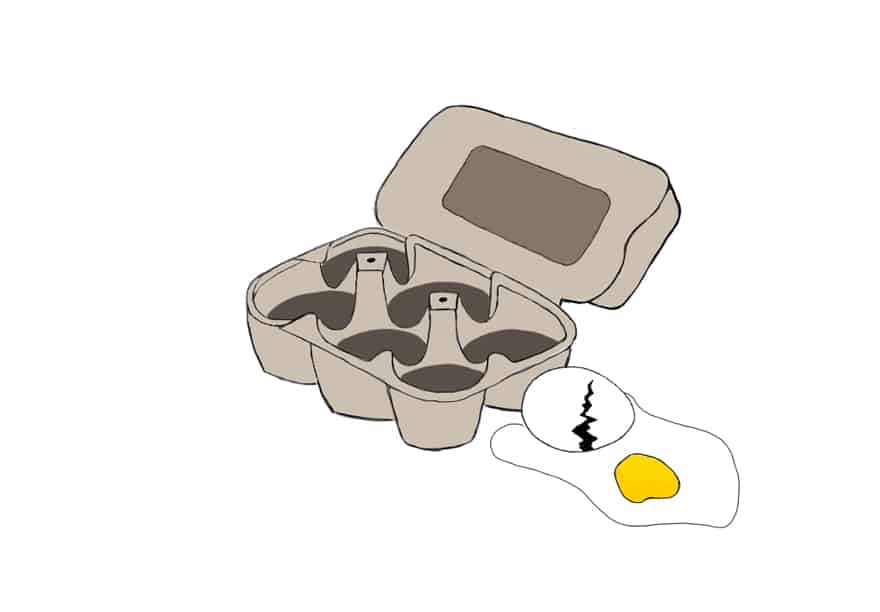Scientists from the University of Bath (UB) in England have made a discovery that challenges the current view of human reproduction. The research suggests that in the future, reproduction could be possible without the use of an egg from a woman’s ovaries.
The team, led by Toru Suzuki at the UB Laboratory of Mammalian Molecular Embryology, was able to produce healthy mice from a sperm and pseudo-embryo. A pseudo-embryo is an unfertilized egg that has been tricked into becoming an embryo through the help of chemicals. Approximately one in four pregnancies were successful using this procedure.
This discovery suggests that it could be possible to produce a human being from a non-egg cell, such as a skin cell. This form of reproduction would allow male same-sex couples to have children using their own cells and sperm. As in in-vitro fertilization (IVF), the embryo would be carried to term by a gestational mother.
This is one of many examples of scientific research that has shattered current beliefs about reproduction.
In the constant push for scientific understanding, scientists must not downplay the importance of ethical principles pertaining to their research. David Resnik, Bioethicist at the National Institute of Environmental Health Sciences, defines ethics as “the norms for conduct that distinguish between acceptable and unacceptable behaviour.” Notions of what is ‘acceptable’ or ‘unacceptable’, however, can vary dramatically from person to person.
Donald Ainslie, a professor in the Department of Philosophy at the University of Toronto, posed the following questions in light of this finding: “There are two kinds of questions that need to be asked in these kinds of situations. First, how should each of us as individuals make sense of such a change in how we reproduce? How should we integrate these possibilities into our sense of what is at stake morally in our human ways of living? Second, there are questions of policy, both at the state level (should such reproductive techniques be regulated?) and at the professional level (should such research be allowed?).”
Ainslie added, “The real question, however, is why people would think they need to have children genetically related to them, despite there being many children in need of adoption or fostering. And we should be wary of a kind of genetic determinism, in which we discount the role of the gestational mother. She must be recognized as more than a mere container, but rather as someone who, from a biological point of view, has helped to bring the child into existence and who will have had a significant impact on who the child becomes.”
There are also legal considerations at play. “Canada currently does not allow paid surrogacy arrangements, so the gestational mother involved in carrying fetuses developed through these new techniques would need to be acting altruistically,” said Ainslie. “We would need to ensure her rights are being respected if she agrees to carry a child in this way (though this is no different from the current situation when a woman serves as a surrogate via IVF).”
The possibility of human reproduction without the use of a woman’s egg is a breakthrough in the field of science. As with any research, however, there are many ethical and moral questions accompanying this discovery that need to be resolved. Nevertheless, the reality of creating babies from skin cells might be closer than we think.


